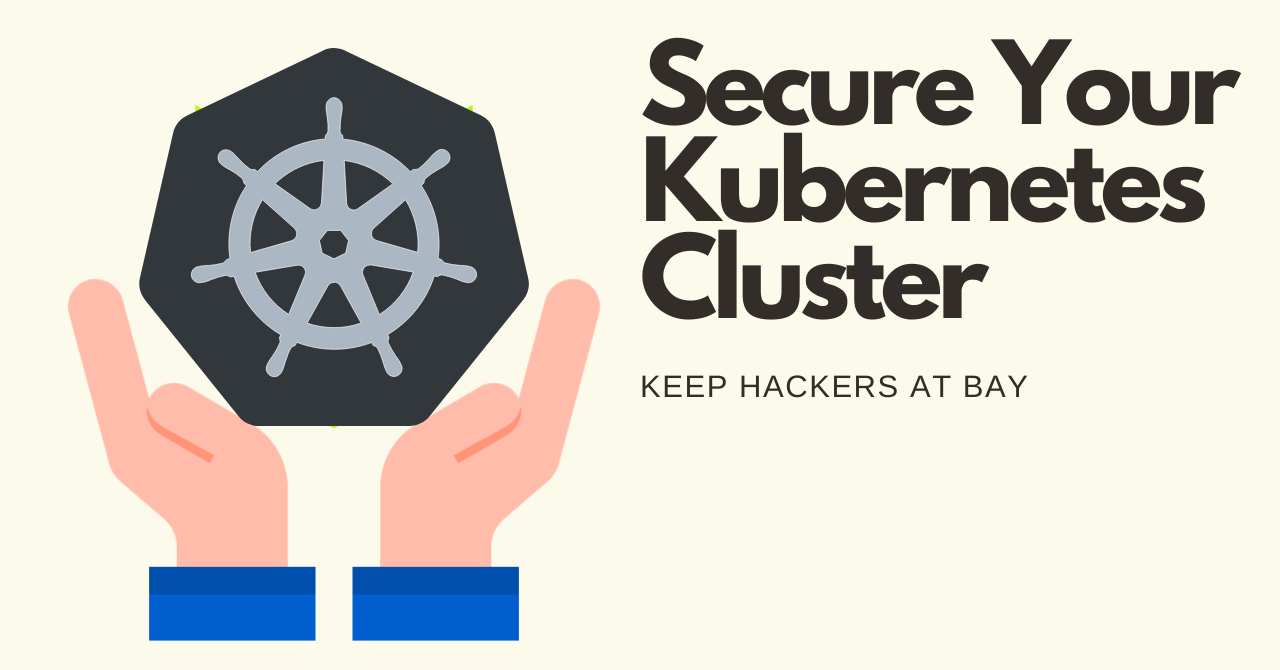
Navigating the complex landscape of Kubernetes can feel like taming a wild beast. While Kubernetes offers robust solutions for container orchestration, it can also expose you to significant security risks if not properly managed. Here’s a streamlined guide on how to avoid getting hacked, ensuring your cluster remains as secure as a fortress.
1. Secure Your Kubernetes Dashboard
One of the first steps is to ensure your Kubernetes dashboard isn’t exposed to the public internet. This would be like leaving your front door open with a neon sign saying “Welcome, Hackers!” Secure access by restricting it to a VPN or a bastion host, and always enforce strong authentication.
2. Implement Role-Based Access Control (RBAC)
RBAC is your best friend when it comes to controlling who can do what in your cluster. By setting precise permissions, you ensure that users and applications only have access to what they need. This limits the potential damage if credentials are compromised.
3. Protect Your ETCD
ETCD is the heart of your Kubernetes cluster, storing all configuration data. Securing it with strong TLS encryption and access controls is crucial. Never expose ETCD publicly—think of it as your secret recipe that should only be accessible to trusted chefs.
4. Encrypt Secrets and Use External Secret Management
Storing sensitive information like API keys or passwords in plain text within your configurations is a surefire way to get hacked. Utilize Kubernetes Secrets, but take it a step further by using external secret management tools like HashiCorp Vault or AWS Secrets Manager. This ensures an additional layer of security.
5. Regularly Update and Patch Your Cluster
Keeping your Kubernetes components up to date is essential. Vulnerabilities are regularly discovered, and updates include critical patches. Treat your cluster like your smartphone—keep it updated to avoid unnecessary risks.
6. Enforce Network Policies
Network policies act like invisible walls, controlling traffic between your pods. This prevents potential attackers from moving laterally across your cluster if they manage to compromise a pod. Define strict ingress and egress rules to contain any breaches.
7. Use Pod Security Policies
Pod Security Policies (PSPs) enforce security constraints on your pods, ensuring they run with minimal privileges. This is like having a vigilant security guard who ensures that every new pod adheres to your organization’s security policies before being allowed to run.
8. Monitor and Audit
Implement comprehensive logging and monitoring to keep an eye on your cluster’s activities. Tools like Prometheus, Grafana, and the ELK stack are invaluable for detecting anomalies and responding swiftly to potential threats. Regular audits help you stay compliant and secure.
9. Limit Resource Requests and Limits
Prevent any single pod from monopolizing your cluster’s resources by setting resource requests and limits. This avoids Denial of Service (DoS) scenarios where a rogue pod could exhaust all available resources, leading to cluster-wide outages.
10. Scan Your Images for Vulnerabilities
Deploying unscanned images is like playing Russian roulette with your security. Use tools like Clair, Trivy, or Anchore to scan your container images for known vulnerabilities before deploying them. Regular scanning helps catch vulnerabilities early and keeps your environment secure.
Conclusion
Securing Kubernetes requires a proactive, layered approach. By implementing these best practices, you can significantly reduce the risk of your cluster being compromised. Remember, cybersecurity isn’t a destination—it’s a journey. Stay vigilant, keep learning, and adapt to new threats as they emerge. Happy Kubernetes-ing!

